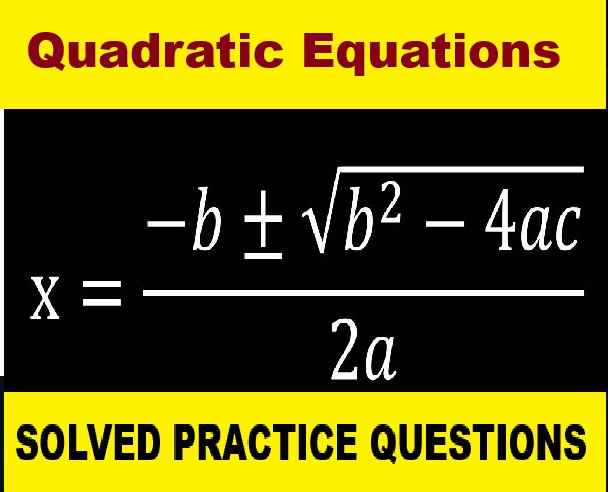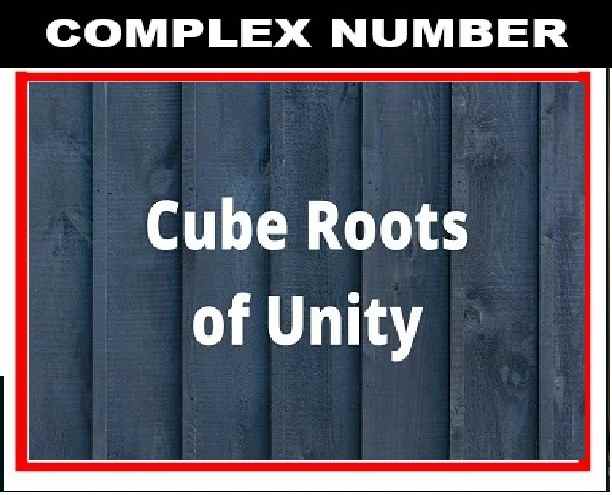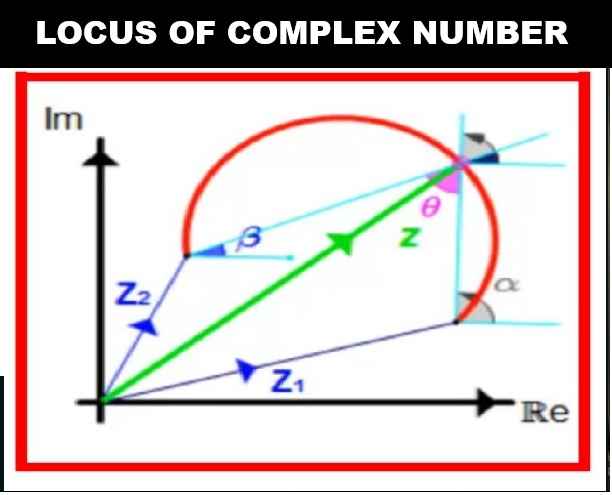Sulphuric Acid Class-10 Goyal Brothers Prakashan ICSE Chemistry Solutions Ch-10. Step by Step Solutions of Exercise and Objective Type Questions of Goyal Brothers Prakashan Chapter-10 Sulphuric Acid for ICSE Class 10 .
Sulphuric Acid – Test , use, observation seen , preparation , properties (physical and chemical) of Sulphuric Acid explain with suitable chemical reaction. Visit official Website CISCE for detail information about ICSE Board Class-10 Chemistry .
Sulphuric Acid Class-10 Goyal Brothers Prakashan ICSE Chemistry Solutions Ch-10
-: Select Topics :-
Exercise Page – 183
Class-10 Sulphuric Acid Goyal Brothers ICSE Solutions Ch-10
Question 1.
(a)How is sulphuric acid prepared industrially by contact process? Support your answer by writing fully balanced Chemical equations.
(b) Why is sulphur trioxide formed in this process not absorbed directly in water?
(c) Why is vanadium pentoxide considered a better catalyst than platinised asbestos?
(d) Why is heating of the catalyst discontinued the moment the oxidation of sulphur dioxide takes place.
Answer :
(a) Contact process for manufacturing of sulphuric acid:
Steps involved in the manufacturing of sulphuric acid are as stated below:
Preparation of sulphur dioxide.
S(s) + O2 (g) → SO2(g)
Conversion of sulphur dioxide into sulphur trioxide.
2SO2(g) + O2(g) ⇌ 2SO3(g)
Conversion of sulphur trioxide formed into concentrated H2SO4
H2SO4 + SO3(g) → H2S2O7(l)
H2S2O7(l) + H2O(l) → 2H2SO4
(b) Directly dissolving sulphur trioxide in water is not possible due to highly exothermic nature of the reaction. Acidic vapors are formed. Oleum is reacted with water to form conc. sulphuric acid
(c) Platinum used to be the catalyst for this reaction; however, as it is susceptible to reacting with arsenic impurities in the sulfur feedstock, Vanadium Oxide (V2O5) is now preferred.
(d) heating of the catalyst discontinued the moment oxidation of sulphur dioxide takes place because of exothermic nature of reaction
Question 2. Explain the following
(1) Why are the wooden shelves on which concentrated sulphuric acid bottles are kept stained black
(2) Why is concentrated sulphuric acid always added to water and not water to concentrated sulphuric acid? Why does the mixture get hot?
Answer :
(1) Concentrated sulphuric acid is a very powerful dehydrating agent. It removes atoms of hydrogen and oxygen in the form of water from the cellulose [(C6H12O5)n], leaving behind carbon. It is black carbon which appears in the form of black stains
(2) Because dilution of concentrated sulphuric acid with water is an exothermic reaction. If you add water to concentrated sulphuric acid, it can boil and spit and you may get splashed by boiling acid. Water has a higher heat capacity than the acid, and so a vessel of cold water will absorb heat as acid is added
Question 3. How does sulphuric acid react with the following? State experimental conditions and write fully balanced chemical equations.
(i) Copper oxide (ii) Iron (iii) An insoluble metal hydroxide (iv) Sodium bicarbonate (v) Lead acetate solution (vi) Copper (vii) Sugar crystals (viii) Zinc nitrate (ix) Iron (II) sulphide (x) Alcohol.
Answer :
Sulphuric Acid react with the following conditions with fully balanced chemical equations.
(i) Copper oxide
CuO +H2SO4 -> CuSO4 + H2O
Copper oxide(solid) + Sulphuric Acid (aqueous)-> Copper Sulphate (aqueous)+ Water(liquid
(ii) Iron
2Fe (s) + 6H2SO4 (l) → Fe2(SO4)3 (aq) + 3SO2 (g) + 6H2O (l)
(iii) An insoluble metal hydroxide
(iv) Sodium bicarbonate
2NaHCO3(aq)+H2SO4(aq)→Na2SO4(aq)+2CO2(g)+2H2O(l)
(v) Lead acetate solution
H2SO4(aq) + Pb(C2H3O2)2(aq) → PbSO4(s) + 2 HC2H3O2(aq)
(vi) Copper
only copper no reaction take place
CuO +H2SO4 -> CuSO4 + H2O
Copper oxide(solid) + Sulphuric Acid (aqueous)-> Copper Sulphate (aqueous)+ Water(liquid)
(vii) Sugar crystals
The sulfuric acid removes water from the sugar in a highly exothermic reaction, releasing heat, steam, and sulfur oxide fumes. Aside from the sulfurous odor, the reaction smells a lot like caramel. The white sugar turns into a black carbonized tube that pushes itself out of the beaker
C12H22O11 (sugar) + H2SO4 (sulfuric acid) → 12 C (carbon) + 11 H2O (water) + mixture water and acid
(viii) Zinc nitrate
zinc nitrate reacts with concentrated sulphuric acid to produced zinc sulphate solution , nitrous oxide gas and water. .
Zn(NO3)2+H2SO4=ZnSO4+2HNO3
(ix) Iron (II) sulphide
iron II sulphide reacts with dilute sulphuric acid to give solutions of iron II sulphate on crystallization, the solutions yields crystal of FeSo4. 7H2O
FeS + H2SO4 = FeSO4 + 7H20
FeSO4 + 7H2O= FeSO4.7H2O
(x) Alcohol.
Concentrated sulphuric acid produces messy results. Not only is it an acid, but it is also a strong oxidising agent. It oxidises some of the alcohol to carbon dioxide and at the same time is reduced itself to sulphur dioxide. . It also reacts with the alcohol to produce a mass of carbon
![]()
Question 4. What will you observe when concentrated sulphuric acid is poured on (i) sugar crystals (ii) copper sulphate crystals?
Answer :
observe when concentrated sulphuric acid is poured on
(i) sugar crystals —
The sulfuric acid removes water from the sugar in a highly exothermic reaction, releasing heat, steam, and sulfur oxide fumes. Aside from the sulfurous odor, the reaction smells a lot like caramel. The white sugar turns into a black carbonized tube that pushes itself out of the beaker
C12H22O11 (sugar) + H2SO4 (sulfuric acid) → 12 C (carbon) + 11 H2O (water) + mixture water and acid
(ii) copper sulphate crystals–
Concentrated Sulphuric acid acts as dehydrating agent and removes the water of crystallisation from hydrated copper sulphate to produce anhydrous copper(II) sulfate. The reaction is reversible. Hydrated copper sulphate is blue in colour. Anhydrous copper sulphate is colourless/white
Question 5. State six industrial uses of sulphuric acid.
Answer :
Sulfuric acid is one of the most important industrial chemicals.
It is widely used in the manufacture of chemicals, e.g., in making hydrochloric acid, nitric acid, sulfate salts,
synthetic detergents, dyes and pigments, explosives, and drugs
Question 6. Give one test for dilute sulphuric acid and one test for concentrated sulphuric acid.
Answer :
Chemical test to distinguish between : dilute sulphuric acid and conc. Sulphuric acid.
1 Dilute sulphuric acid treated with zinc gives Hydrogen gas which bums with pop sound.
Concentrated H2SO4 gives SO2 gas with zinc and the gas turns Acidified potassium dichromate paper green.
2. Barium chloride solution gives white ppt. with dilute H2SO4, This white ppt. is insoluble in all acids.
Concentrated H2SO4 and NaCl mixture when heated gives dense white fumes if glass rod dipped in Ammonia solution is brought near it.
Question 7. Distinguish between the following pairs of compounds:
(i) Dil. and conc. sulphuric acid. (ii) HCl and H2SO4 (iii) HNO3 and H2SO4
(i) Distinguish between Dil. and conc. sulphuric acid
With dil. gives no ppt with Con. gives a white insoluble ppt of .
(ii) Distinguish between HCl and H2SO4
Sulphuric acid precipitates the insoluble sulphate of barium from the solution of barium chloride.
BaCl2 + H2SO4→ BaSO4 + 2HCl
Dilute HCl does not react with barium chloride solution, and thus, no precipitate is produced in the reaction.
(iii) Distinguish between HNO3 and H2SO4
add a few drops of barium chloride (BaCl22) to both of them. Barium will react with the sulfuric acid to make the solid precipitate, BaSO4. while There will be no reaction with the nitric acid
Objective Type Questions
Page – 183 to 185
I. Multiple Choice Questions
Class-10 Sulphuric Acid Goyal Brothers ICSE Solutions Ch-10
Choose the correct answer from the options given below :
- ………………..
- ………………..
- ………………..
- ………………..
- ………………..
- ………………..
- ………………..
- ………………..
- ………………..
- ………………..
- ………………..
- ………………..
- ………………..
- ………………..
- ………………..
- ………………..
- ………………..
- ………………..
- ………………..
- ………………..
II. Fill in the blanks spaces with the choice given in brackets:
- ………………..
- ………………..
- ………………..
- ………………..
- ………………..
- ………………..
- ………………..
- ………………..
- ………………..
- ………………..
III Choose from the following list, as what matches the descriptions given below :
[Hydrated ferrous sulphate, sodium carbonate, carbon, oleum, oil of vitriol, sulphur, glucose, barium chloride, iron (lI) sulphide, hydrogen chloride gas]
1. Common name of conc. sulphuric acid.
2 A sulphate of a metal which on distilling produces conc. sulphuric acid.
3. The name of product formed when SO3 dissolved in conc. H2S04.
4. A non-metal that reacts with sulphuric acid to release carbon dioxide gas.
5 A sodium salt which liberates carbon dioxide gas on treating with dil H2SO4
6. A non-metal which reacts with conc. sulphuric acid and releases sulphur dioxide gas.
7. A solution which forms white precipitate when treated with dil H2SO4
8. An organic substance which gets charred when treated with conc. H2SO4
9. A gas that can be dried using conc. sulphuric acid.
10. A salt which on treating with dilute H2SO4 produces gas having a smell of rotten eggs.
–: End of Sulphuric Acid Solutions Goyal Brothers :–
Return of : Chemistry Class-10 Goyal Brothers Prakashan
Thanks
Share with your friends


